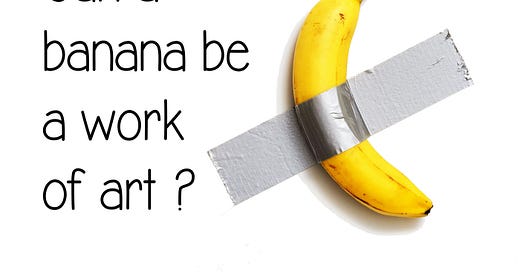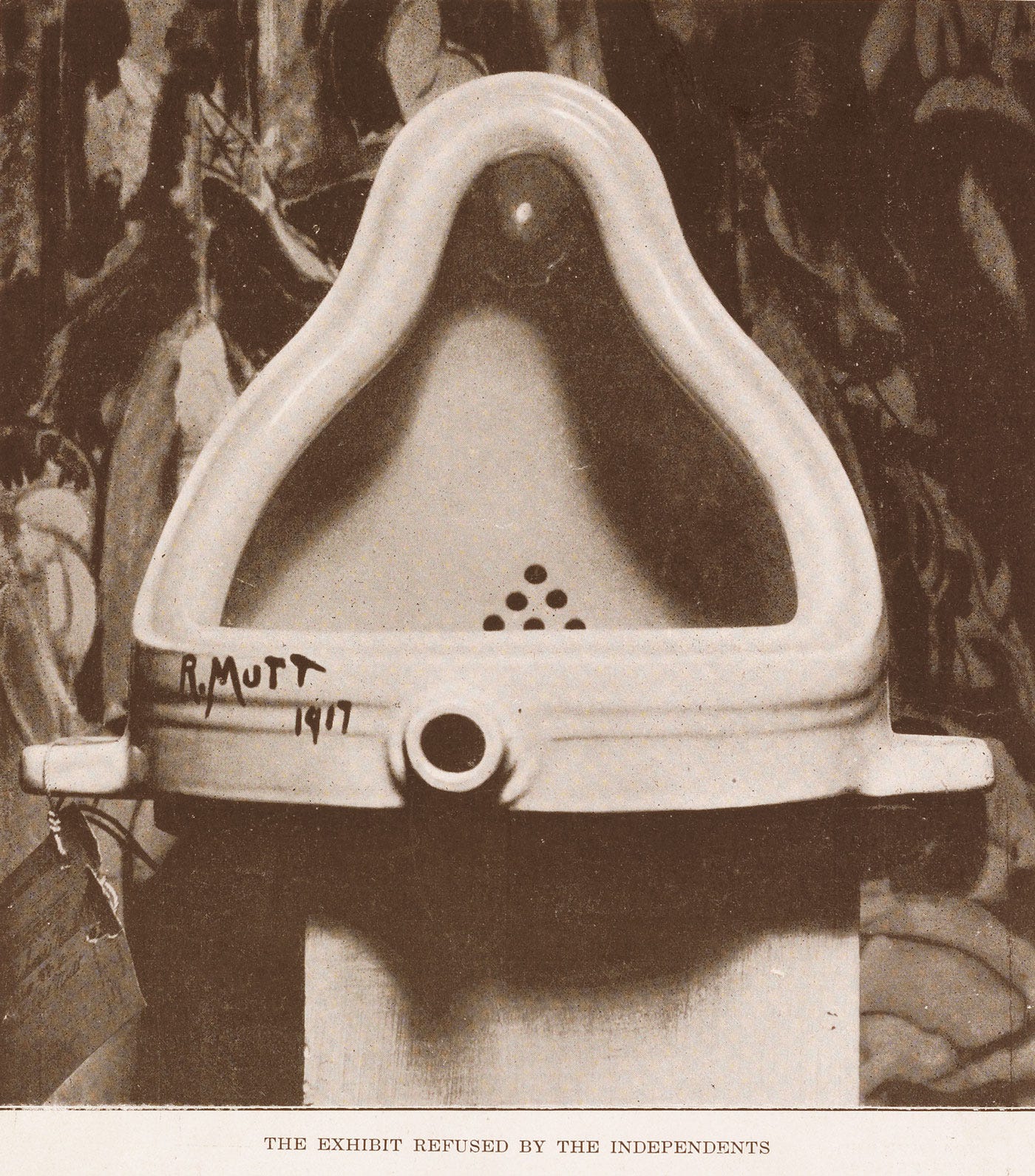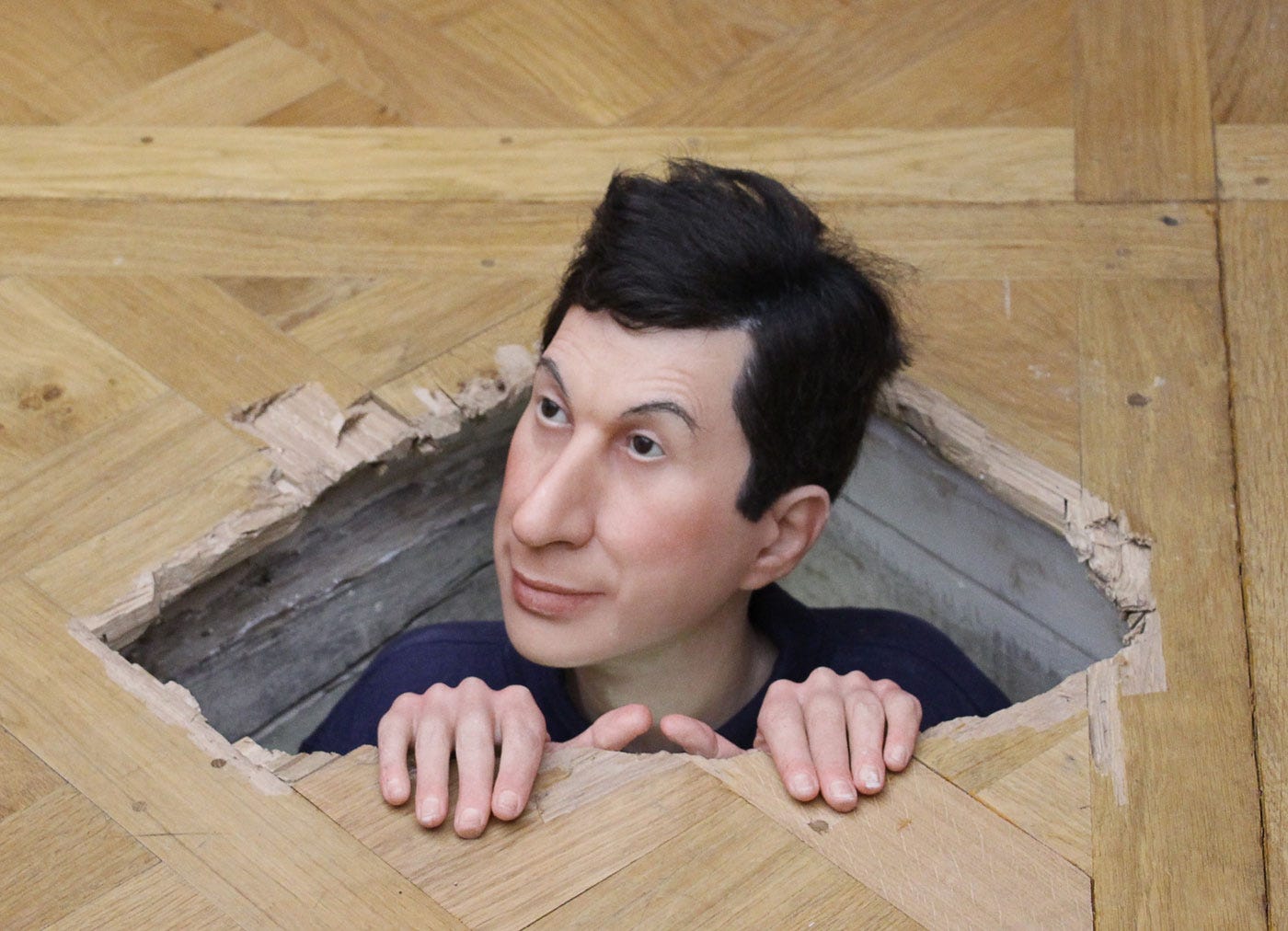This Weekly Wonder is a philosophical question: who decides what is art?
We must remember that for 5,000 years, political and religious leaders commissioned most of the art created.
Art was about a Pharaoh, a Roman Emperor, or a King crushing enemies.
It was about statues of gods and monumental buildings, temples, and churches.
What sort of artistic freedom does an artist tasked with illustrating politics or religion have?
They were craftsmen paid to do a job, even when they were fine craftsmen.
Popes decide that Michelangelo is a worthy artist
There was a time when Popes thought Michelangelo’s art was great and paid him to paint the Sistine Chapel.
Popes decide that Michelangelo's Sistine Chapel should be destroyed
And then, half a dozen different Popes discussed erasing Michelangelo's masterpiece.
You do not hear that often on documentaries about the Renaissance, do you? Two examples:
- Hadrian VI complained that the painting was a "stew of nudes" and talked of "casting down to the ground the Chapel."
- Clement VIII "wished that Michelangelo’s painting be scrapped off".
Deciding to commission a painting and then consider destroying it makes it clear that a political or religious leader decides what art is about.
The strange idea that artists might know what art is
When did artists start to claim they were artists, not just craftsmen? This is a gradual process.
Even during the Renaissance, artists tried to be free to decide what art was.
But they had to hide behind illustrating Greek and Roman stories or be very lucky to have an understanding patron.
The real change was in the 1800s. To simplify the story, Impressionism was the moment when artists were not paid anymore.
No King, Pope, or wealthy patron told Monet, Renoir, or others what to do.
It is that simple. Coca-Cola pays an artist, and his job is to convince you that drinking liquid sugar is perfectly healthy.
The client is King.
Statement #1 - Manet
One game changer artwork is le déjeuner sur l'herbe, by Manet. As its title says, this is an afternoon picnic.
No one whispered in the painter's ear what you, the viewer, should think or do.
The artist paints what he sees. He doesn't show you to whom you should pay taxes or buy a product.
He paints what he wants; if you don't like it, that's not his problem.
Finally, an artist decides what art is about.
Statement #2 - Duchamp
You are having your morning coffee, so, to cut it short, Duchamp took a urinal and added a signature.
To explain why the urinal was a work of art, he said:
“Whether Mr. Mutt with his own hands made the fountain or not has no importance.
He CHOSE it.
He took an ordinary article of life, placed it so that its useful significance disappeared under the new title and point of view—created a new thought for that object.”
Yes, choosing an object and changing its function creates a work of art.
You don't have to like or think it is beautiful; the artist decided what art was.
Statement #3 - Maurizio Cattelan
If you don't know him, Cattelan is an irreverent conceptual artist. The 'duct-taped banana' is an artwork titled Comedian.
The artist explains:
"To me, Comedian was not a joke; it was a sincere commentary and a reflection on what we value.
At art fairs, speed and business reign, so I saw it like this: if I had to be at a fair, I could sell a banana like others sell their paintings.
I could play within the system, but with my rules.
I can’t say how people will react, but I hope these new works will break up the normal viewing habits and open a discussion on what really matters".
You may say that Duchamp and Cattelan's ideas are not art. Let's take a little detour and discuss Bitcoins.
Bitcoins are ideas. If you believe in Bitcoins, they are valuable—as long as others think like you.
In 2010, 10,000 bitcoins bought you two pizzas. Today, the value of one bitcoin is around $100,000, which is quite a few pizzas.
If many people agree that a Bitcoin is worth that much, it is. The same goes for a banana taped to the wall.
It can be worth $ 1, or it can be worth $ 6.2 million.
- One banana = one dollar.
- One idea = whatever the idea is worth.
Even a paper banknote is an idea. Accepting a piece of paper with $100 written on it means you believe it is worth $100.
Write $100 on a napkin and see how many pizzas you can buy with it.
Back to the question: can a banana be a work of art?
Yes, of course, why not?
For many, art is restricted to carving marble or painting. Here's the good news:
Everyone is an artist
Yes, every single human being is an artist. Art is not only carving the marble David or painting the Mona Lisa.
It is singing, dancing, poetry, making something.
And it can be an idea. Doesn’t the human genius start as an idea, which can then be applied in many different ways?
When you sing in the shower, you're an artist. When you break into a dance move, you are an artist. When you make two words rhyme, you're a poet.
When you see something interesting in the street, and then take a photo of it with your smartphone, you are an artist.
That's the Moment of Wonder, today.
Art is all around you, every day, and you are an artist.
Don't let anyone tell you otherwise.
Sources
https://www.theartnewspaper.com/2021/11/30/maurizio-cattelan-interview-miami-beach
https://www.perrotin.com/artists/Maurizio_Cattelan/2
https://www.perrotin.com/artists/Maurizio_Cattelan/2/untitled/7069
The Blind Man, n° 2, page 4. Editors: Henri-Pierre Roche, Beatrice Wood, and Marcel Duchamp. Published in New York, May 1917
https://www.flickr.com/photos/129231073@N06/32397334972/in/album









A very interesting, well thought out and logical essay.
However, I do tend to think that taking the piss can be art x
There are so many things I love about this particular moment of wonder. But most importantly (for me) it reminds me to appreciate life as expression, and to appreciate the value of singular moments as little acts of creating; if for no one else’s benefit, then to my own benefit as a creator. (I am an artist and my patron is me.)